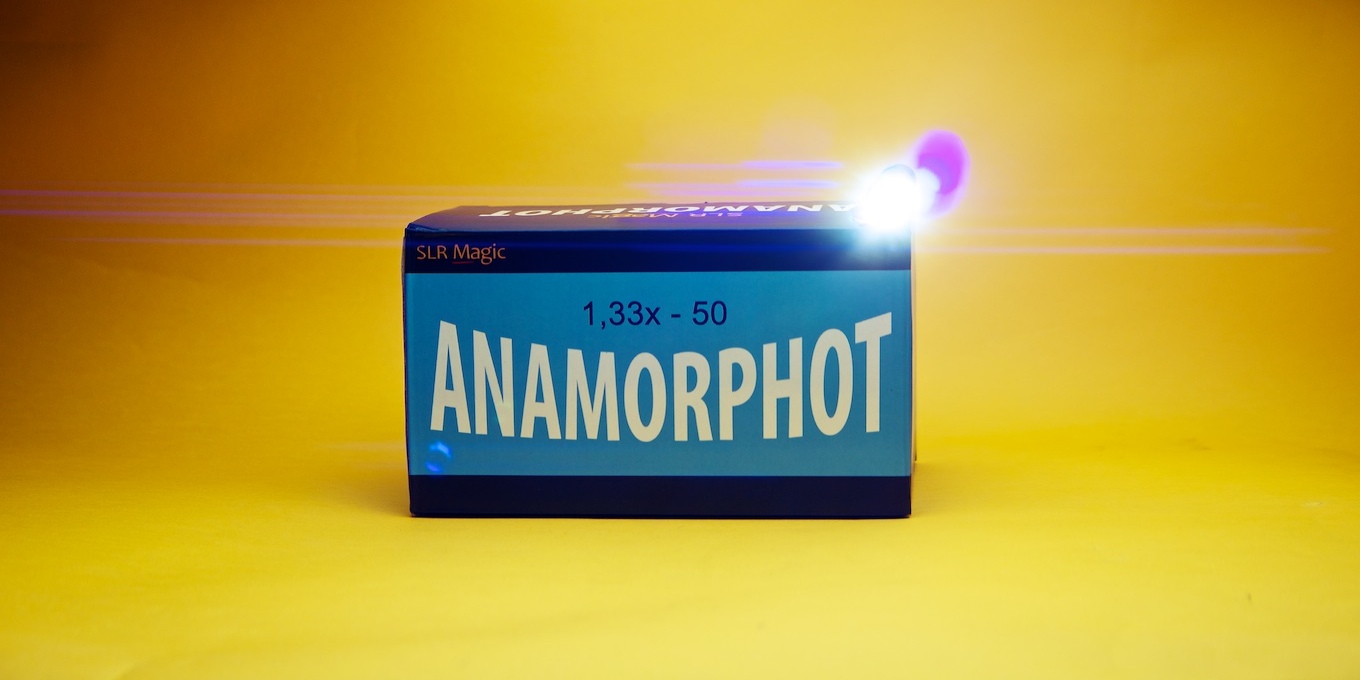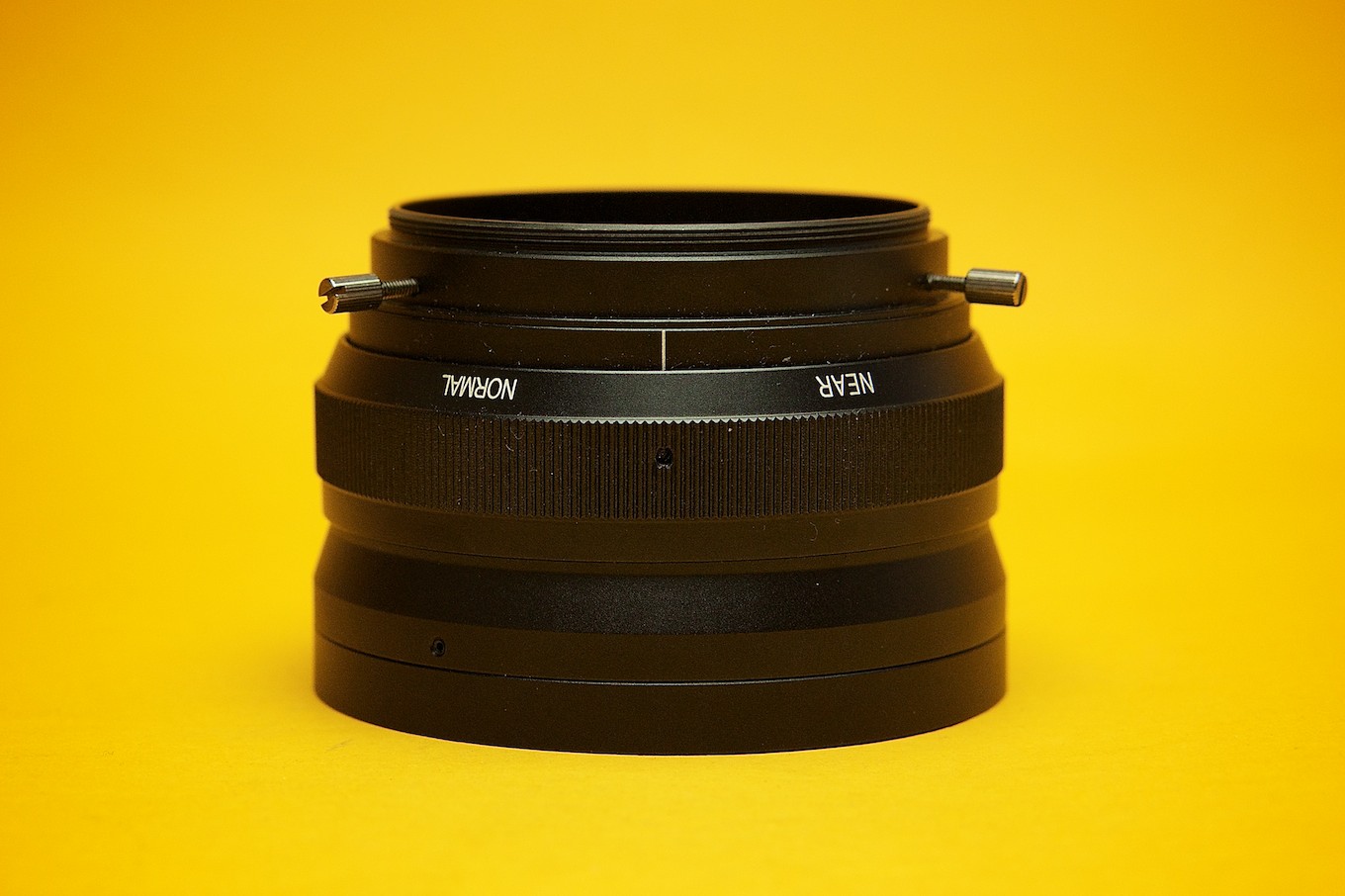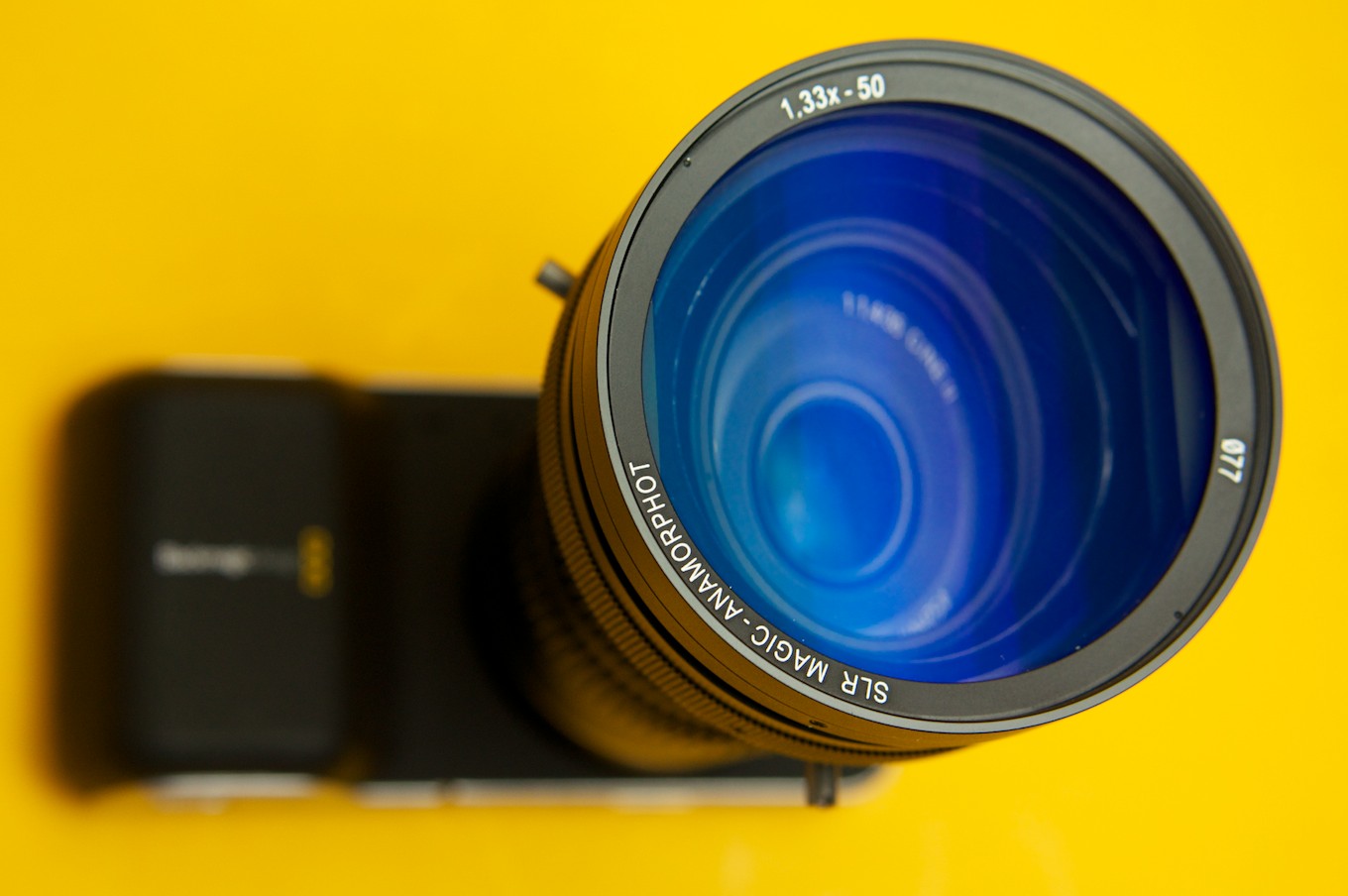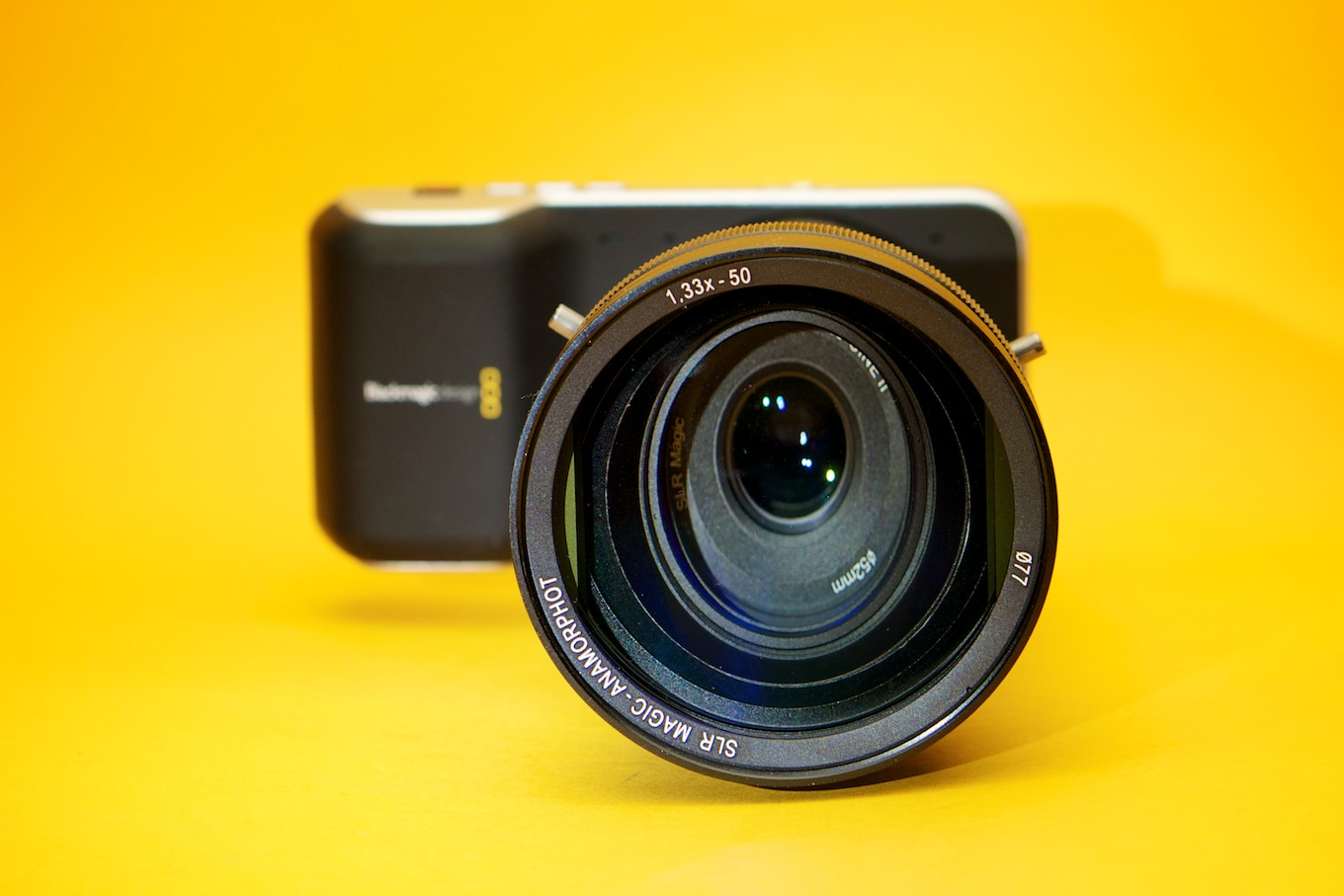I always wanted to shoot anamorphic footage and I often looked on ebay to check if there are any good and reasonably priced anamorphic lenses available. When I heard that SLR Magic is planning to do an anamorphic adapter I applied to the volunteer program as soon as I could. I have participated twice before in such volunteer programs testing SLR Magic lenses (Fastest full frame lens HyperPrime CINE T0.95 and HyperPrime CINE 35mm T0.95). I must say I like their lenses and I wish they made also 24mm and 85mm HyperPrime lenses for S35 sensors (to complete my set). I guess 85mm would be possible but I talked to Andrew and he said 24mm at T0.95 would be impossible or at least very high priced lens to make.
The package contained SLR Magic Anamorphot 1,33 X – 50 with SLR Magic CINE II 35mm T1.4 taking lens, 77mm Achromatic Diopter Set (+0.33, +1.3) and step-up ring set (49mm, 52m and 58mm to 62mm).
It came in a beautiful designed box reminding me of old movies widescreen formats logos.
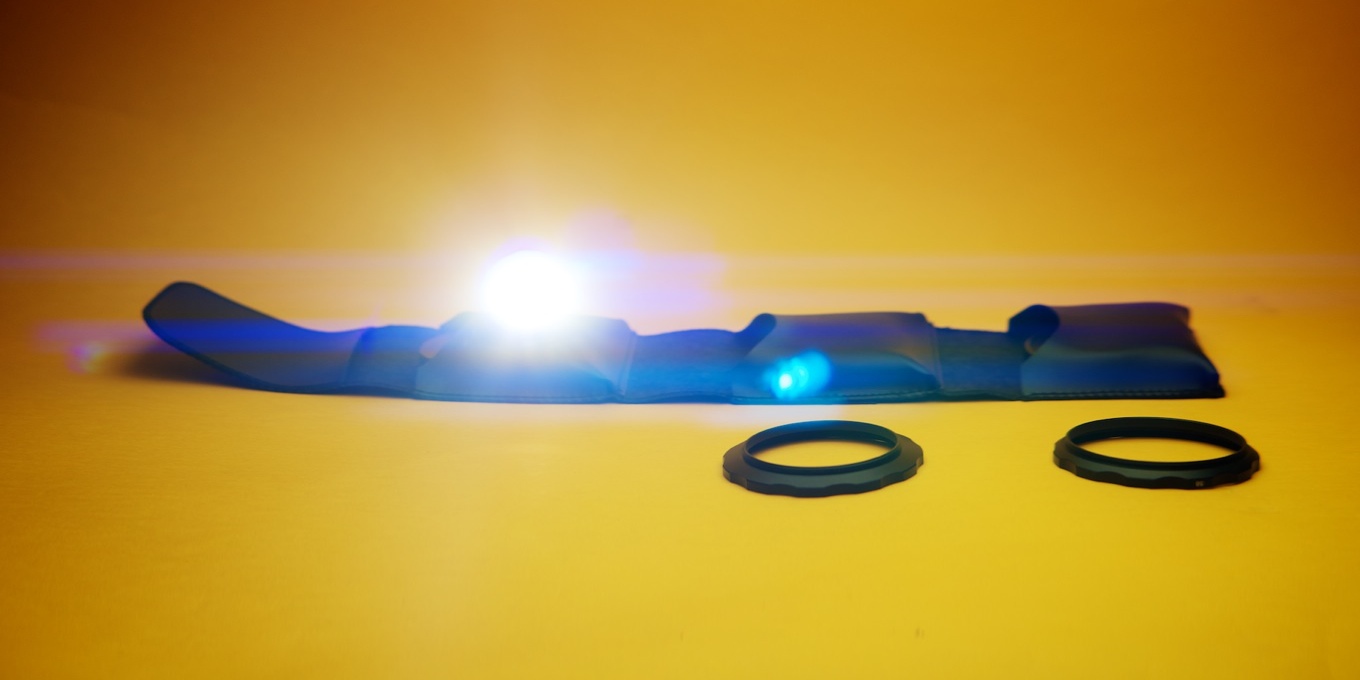
The step up rings came in a pouch with lens back caps. Anamorphot has a 62mm native rear filter thread and you can use addition step up rings (49mm, 52mm and 58mm). For lenses with larger filter threads you can use step down rings but optimum results are not guaranteed.
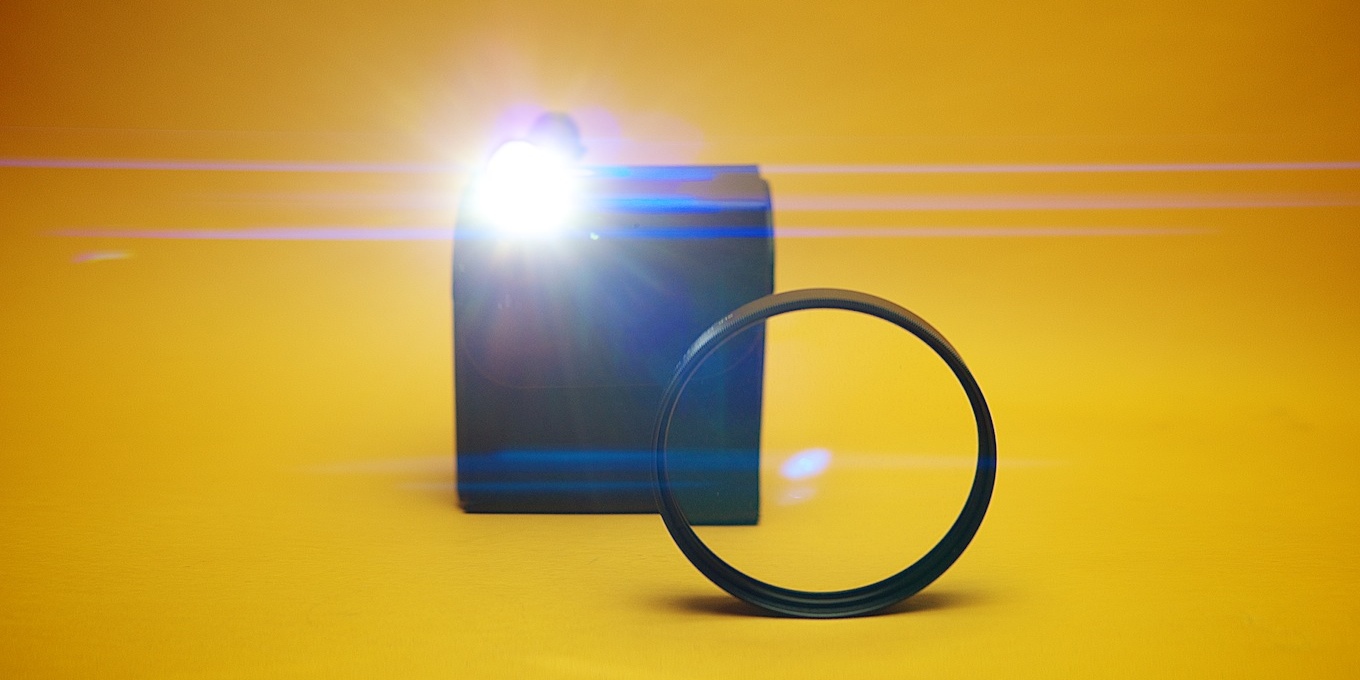
The two diopters came in a beautiful leather hard box with red velvet innards and magnetic closing patent. Of course I had to take photos of all the items in the package with the Anamorphot on a Sony NEX-5N w/ Sony E 50mm f/1.8 OSS Lens.
The Anamorphot has its own focusing ring marked NEAR NORMAL and with it you can focus up to 1,5m without the diopters. The close focus is of course dependable of the taking lens. For now I have mainly tested Anamorphot with the SLR Magic CINE II 35mm T1.4 lens.
If you don’t want to fiddle with the NEAR NORMAL setting you leave it at NORMAL and have the option to shoot from about 3-4m to infinity. NEAR setting allows you to shoot at closer distances than 3-4m. NEAR NORMAL setting at f/2.8 is a fine adjustment setting to set close focus from 1.5m to 4m. At f/4 it becomes 1.5 to 2.5m. You need to test your taking lens to determine optimal distance from camera in each mode. Manual states: “When focusing at close distances, first adjust the focus of your taking lens to achieve the sharpest image possible before turning the NORMAL/NEAR dial towards NEAR to micro adjust focus and find the “sweet spot”.” For shooting at even closer distances use the Achromatic Diopter Set (+0.33, +1.3).
For the taking lens it is best to use prime lenses whose front element is smaller than 50mm in diameter. These are the lenses to be used at different sensor sizes.
17-85mm focal length can be used for S16 sensor.
20-85mm focal length can be used for mFT sensor.
35-85mm focal length can be used for S35 and APS-C sensor.
40-85mm focal length can be used for Full Frame sensor.
Recommended maximum aperture values:
f/2.8 should be used for 20-50mm focal length.
f/4.0 should be used for 55-85mm focal length.
f/5.6 should be used for 90-135mm (Trial and error) focal length.
I haven’t tried the lens with the Speed Booster and this will be the first thing I do when performing additional tests.
The lens has a blue coating to get famous blue horizontal flares and streaks.
The movie was shot last week when there was a heavy freezing rain in Slovenia which has caused widespread power outages and the closing of many roads across the country.
It was shot on Blackmagic Design Pocket Cinema Camera with SLR Magic CINE II 35mm T1.4 taking lens. The weather was quite challenging and it wasn’t easy to focus (one hand holding the umbrella) but with some help of a good monitor (SmallHD DP4) I managed to get some good results. I really like the flare in got with it.
It was shot at f/2.8 and ISO 400. No noise reduction was used in post. Daytime shots were shot in ProRes 422 (HQ), night shots in raw and than converted to ProRes (HQ) with highlight protection in Resolve. It was edited and graded in Final Cut Pro X with the help of a LUT Utility. The footage was squeezed to 1920 x 812 to get the correct aspect ration. I didn’t use any diopters for the close shots due to struggling with bad weather so some shots can get a bit soft.
Follow @Anamorphot on Twitter for details about buying this lens. At the moment there is a pre-order promotion for the Anamorphot 1,33x – 50 that ends ends on Feb 14th 2014 GMT +8 time in Hong Kong. A one time offer you would not want to miss.
